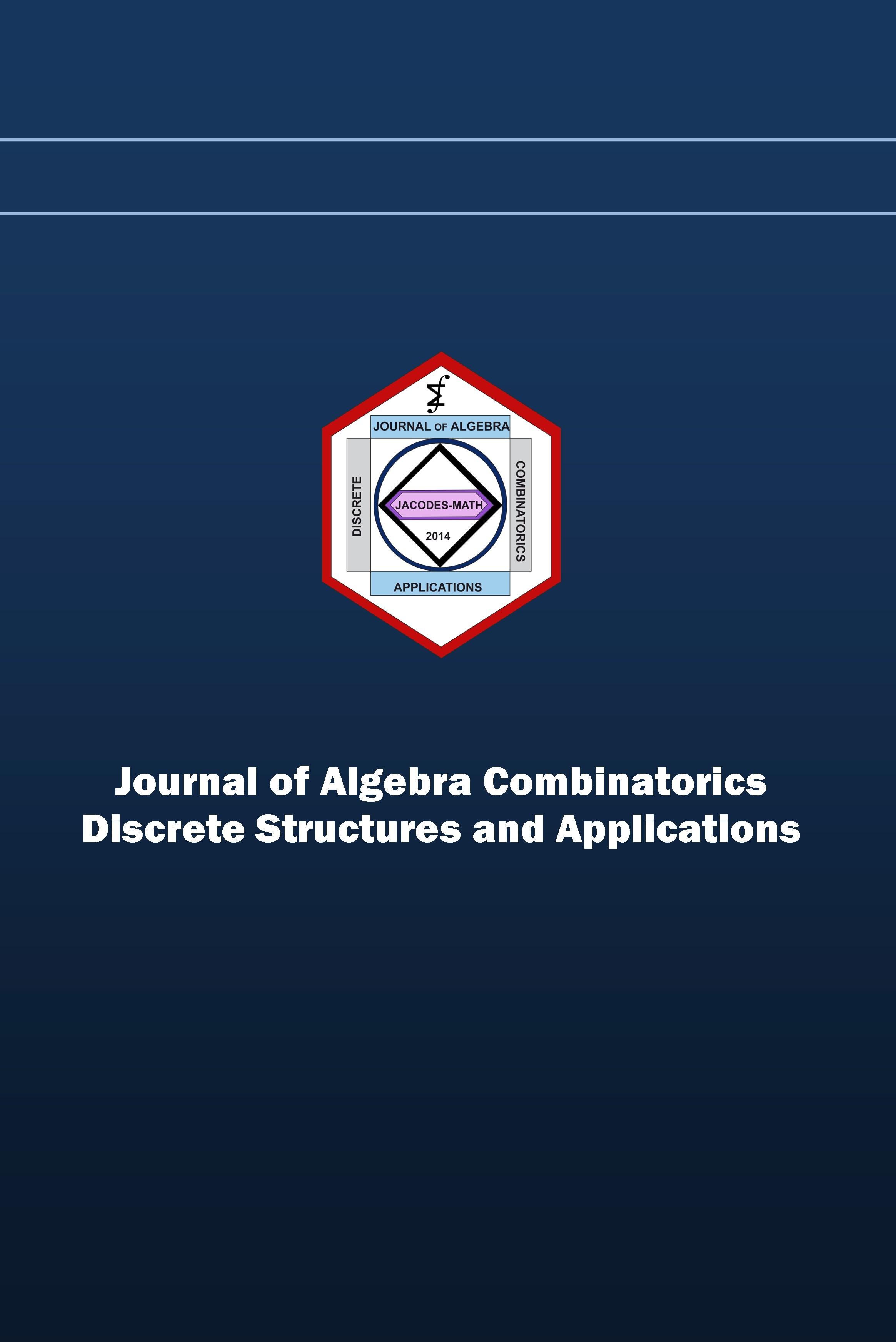New Linear Codes over GF(3), GF(11), and GF(13)
New Linear Codes over GF(3), GF(11), and GF(13)
Explicit construction of linear codes with best possible parameters is one of the major and challenging problems in coding theory. Cyclic codes and their various generalizations, such as quasi-twisted (QT) codes, are known to contain many codes with best known parameters. Despite the fact that these classes of codes have been extensively searched, we have been able to refine existing search algorithms to discover many new linear codes over the alphabets $\mathbb{F}_{3}$, $\mathbb{F}_{11}$, and $\mathbb{F}_{13}$ with better parameters. A total of 38 new linear codes over the three alphabets are presented.
___
- [1] R. Ackerman, N. Aydin, New quinary linear codes from quasi–twisted codes and their duals, Appl. Math. Lett. 24(4) (2011) 512–515.
- [2] N. Aydin, N. Connolly, J. Murphree, New binary linear codes from quasi–cyclic codes and an augmentation algorithm, Appl. Algebra Eng. Commun. Comput. 28(4) (2017) 339–350.
- [3] N. Aydin, N. Connolly, M. Grassl, Some results on the structure of constacyclic codes and new linear codes over GF(7) from quasi–twisted codes, Adv. Math. Commun. 11(1) (2017) 245–258.
- [4] N. Aydin, J. Lambrinos, O. VandenBerg, On equivalence of cyclic codes, generalization of a quasi– twisted search algorithm, and new linear codes, in submission.
- [5] N. Aydin, J. M. Murphree, New linear codes from constacyclic codes, J. Frankl. Inst. 351(3) (2014) 1691–1699.
- [6] N. Aydin, I. Siap, D. K. Ray-Chaudhuri, The structure of 1–generator quasi–twisted codes and new linear codes, Des. Codes Cryptogr. 24(3) (2001) 313–326.
- [7] N. Aydin, I. Siap, New quasi–cyclic codes over $\mathbb{F}_5$, Appl. Math. Lett. 15(7) (2002) 833–836.
- [8] W. Bosma, J. J. Cannon, C. Playoust, The Magma algebra system I: The user language, J. Symbol. Comput. 24(3–4) (1997) 235–265.
- [9] E. Z. Chen, N. Aydin, A database of linear codes over $F_{13}$ with minimum distance bounds and new quasi–twisted codes from a heuristic search algorithm, J. Algebra Comb. Discrete Appl. 2(1) (2015) 1–16.
- [10] E. Z. Chen, N. Aydin, New quasi-twisted codes over $F_{11}$–minimum distance bounds and a new database, J. Inform. Optim. Sci. 36(1–2) (2015) 129–157.
- [11] E. Z. Chen, Six new binary quasi–cyclic codes, IEEE Trans. Inform. Theory 40(5) (1994) 1666–1667.
- [12] R. Daskalov, P. Hristov, New binary one–generator quasi–cyclic codes, IEEE Trans. Inform. Theory 49(11) (2003) 3001–3005.
- [13] R. Daskalov, P. Hristov, E. Metodieva, New minimum distance bounds for linear codes over GF(5), Discrete Math. 275(1-3) (2004) 97–110.
- [14] M. Grassl, Code Tables: Bounds on the minimum distance of linear codes and quantum codes, online, http://www.codetables.de/
- [15] T. A. Gulliver, V. K. Bhargava, New good rate $(m-1)/pm$ ternary and quaternary quasi–cyclic codes, Des. Codes Cryptogr. 7(3) (196) 223–233.
- [16] I. Siap, N. Aydin, D. K. Ray–Chaudhuri, New ternary quasi–cyclic codes with better minimum distances, IEEE Trans. Inform. Theory 46(4) (2000) 1554–1558.
- [17] A. Vardy, The intractability of computing the minimum distance of a code, IEEE Trans. Inform. Theory 43(6) (1997) 1757–1766.
- Başlangıç: 2015
- Yayıncı: İrfan ŞİAP
Sayıdaki Diğer Makaleler
Betweenness centrality in convex amalgamation of graphs
Sunil KUMAR RAGHAVAN UNNİTHAN, Kannan BALAKRİSHNAN
New Linear Codes over GF(3), GF(11), and GF(13)
Weight distribution of a class of cyclic codes of length $2^n$
Codes over $\mathbb{Z}_{p}[u]/{\langle u^r \rangle}\times\mathbb{Z}_{p}[u]/{\langle u^s \rangle}$
